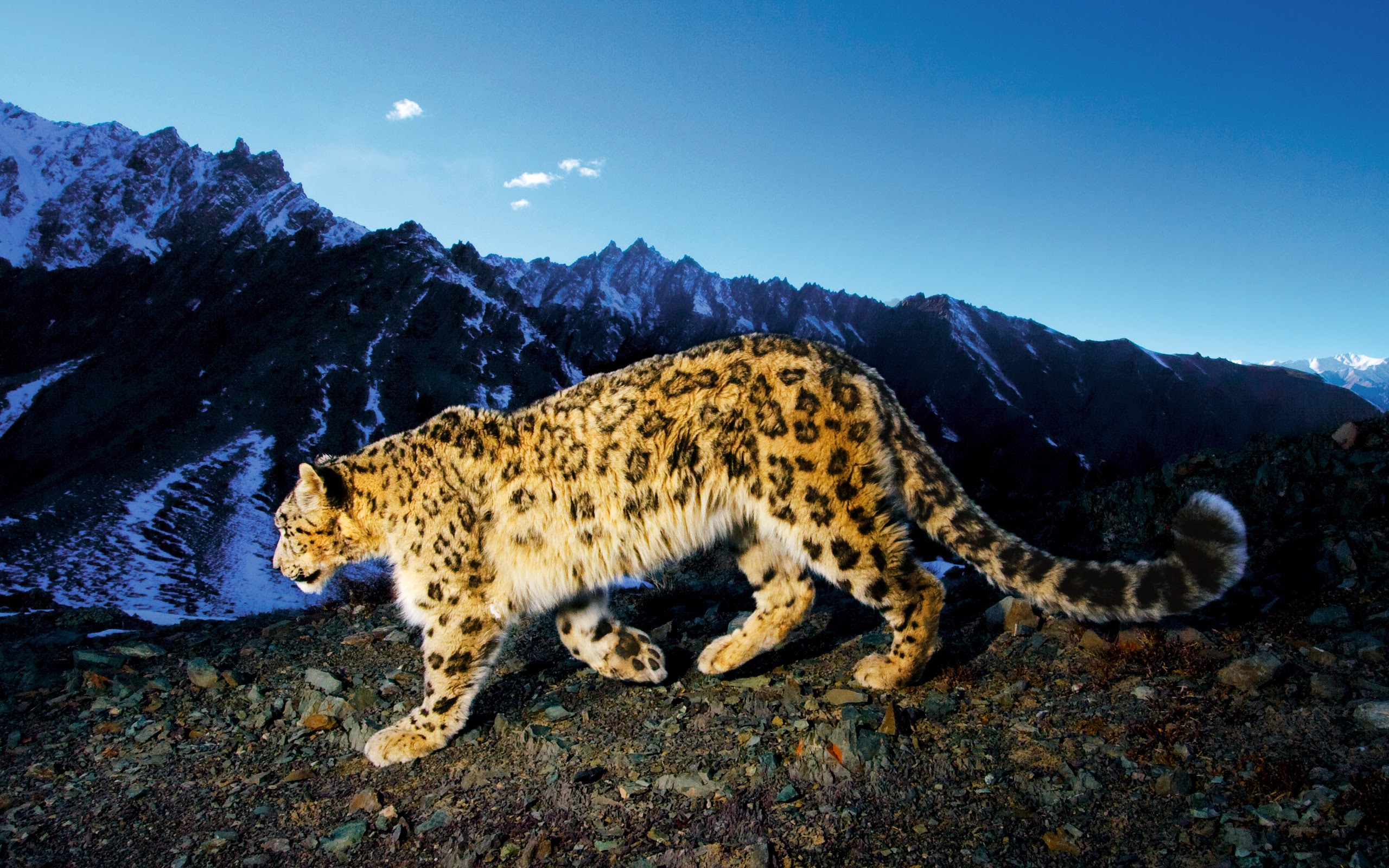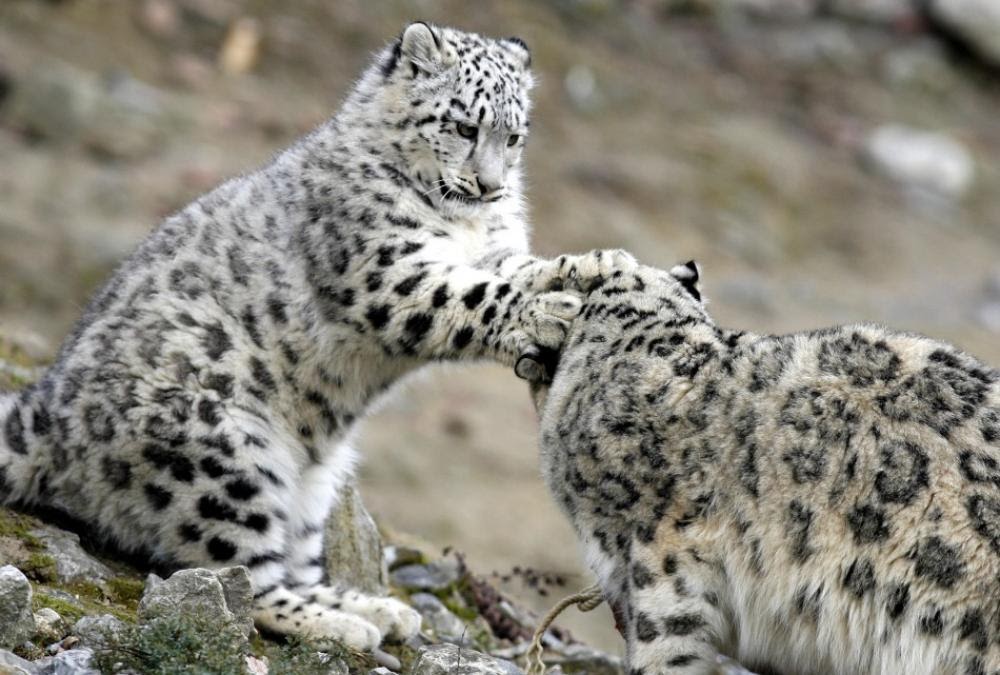In a first scientific study of its kind, the state Wildlife Department, in partnership with the Nature Conservation Foundation, is laying camera traps to study the elusive and highly endangered snow leopard in the alpine and high-altitude regions of the Great Himalayan National Park — a Unesco World Heritage site.
Officials say this will assist them in learning more about the habitat, range and behaviour of the snow leopard and its wild prey.
“We are installing camera traps across the Great Himalayan National Park (GHNP). These cameras will monitor the movement of the snow leopard and its prey species like the Himalayan blue sheep and the Asiatic ibex (a wild goat species),” Mysuru-based Nature Conservation Foundation Project Associate Ajay Bijour told IANS on Tuesday.

The camera traps are automatic cameras and installed at one place for minimum 60 days.
Besides the snow leopard, other rare wildlife mammal species found in these rocky regions at altitudes of 3,200 m are the Tibetan wolf, Himalayan brown and black bears, blue sheep, ibex, red fox, weasel and yellow throated marten, besides several bird species.
The wildlife wing of the Forest Department in Himachal Pradesh is carrying out the Snow Leopard Project in association with the Nature Conservation Foundation in the entire Himalayan region.
Admitting that there could be a possibility of a good population of the snow leopard in the GHNP that ranges between the altitudes of 1,700 m to 5,800 m, Bijour said the area needs to be scientifically studied before starting a conservation programme.
He said the Snow Leopard Project, started in 2018, would continue till 2020.
“The preliminary results from Spiti and upper Kinnaur areas, where camera traps were installed last year, are promising. We are installing one camera trap in 16 sq km area,” he said.

Nature Conservation Foundation studies show the density of one snow leopard per 100 square km in the Spiti Valley, northernmost part of Himachal Pradesh which borders Tibet.
The foundation had earlier carried out the snow leopard occupancy survey in 2012 in Lahaul-Spiti, Kinnaur and Chamba districts through interaction with locals, mainly herders.
“There were some gaps in that survey. Now, those areas are being scientifically studied and we will be in a position to overcome those gaps too. After that we will be in a position to comment on the exact population of the snow leopard. Right now, we can only say the state supports its good population,” Bijour added.
According to wildlife experts, the rise in the population of abandoned dogs might pose a threat to the snow leopards and their food chain.
“The dogs usually attack in a pack and it’s easy for them to hunt even big mammals like the Himalayan blue sheep. This might reduce the prey base of the wild cat,” an expert said.
They blame poor garbage management and the spike in tourist inflow in the high altitude area for the problematic situation.
A graceful golden-eyed animal with thick fur, padded paws and a long tail and found in rocky regions at an altitude of 2,700 to 6,000 metres, the snow leopard is a globally endangered species.
Rough estimates place the snow leopard global population at around 7,500.
Courtesy IANS: Vishal Gulati
